For decades, Iraq's landscape was dotted with heroic portraits of President Saddam Hussein: he appeared as a Bedouin riding a white horse, a revolutionary in a black beret, or a devout Muslim with his head bowed in prayer. But the most iconic image, which hung on buildings, schools, airports and highways, was that of a smiling Saddam, wearing a fedora and firing an assault rifle into the air. In the more than 30 years he ruled Iraq, Saddam tirelessly cultivated the persona that photograph embodied: an urbane, modern and, above all, strong leader.
Saddam was executed nine years ago — on Dec. 30, 2006 — but he remains an important symbol for Iraq's disillusioned Sunni Arab minority. His legacy as a supposedly strong leader who kept Iraq together, by brutal force, reverberates for Sunnis in the wider Middle East, which is wracked by sectarian conflict and stalled revolutions.
Today, Saddam leaves a new legacy in Iraq: a marriage of convenience between former officers of his Baath Party and Sunni militants like those of the Islamic State group. The jihadists assumed the most prominent role as they swept through northern and central Iraq in mid- to late 2014. But they were able to capture large swaths of territory from the Iraqi government thanks to an alliance with a network of former Saddam regime loyalists who had deep ties to Sunni tribes in cities like Mosul and Tikrit. After taking control of Mosul and other Sunni cities, Islamic State leaders pushed aside the ex-Baathists or absorbed them into the group's ranks.



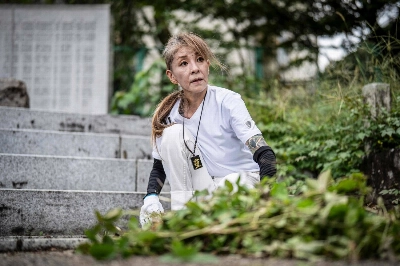

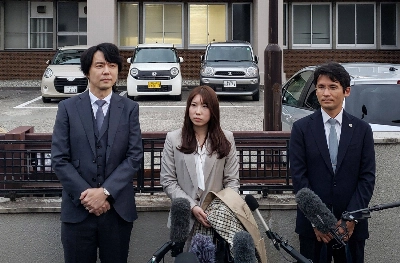


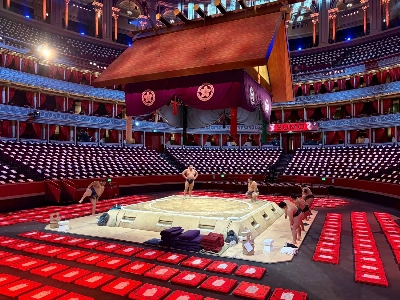
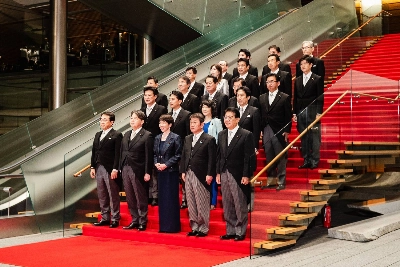


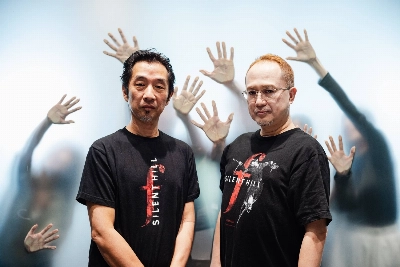





With your current subscription plan you can comment on stories. However, before writing your first comment, please create a display name in the Profile section of your subscriber account page.